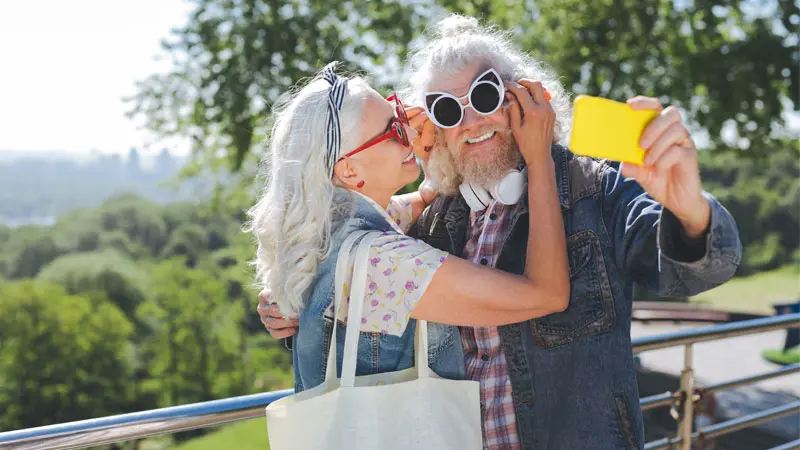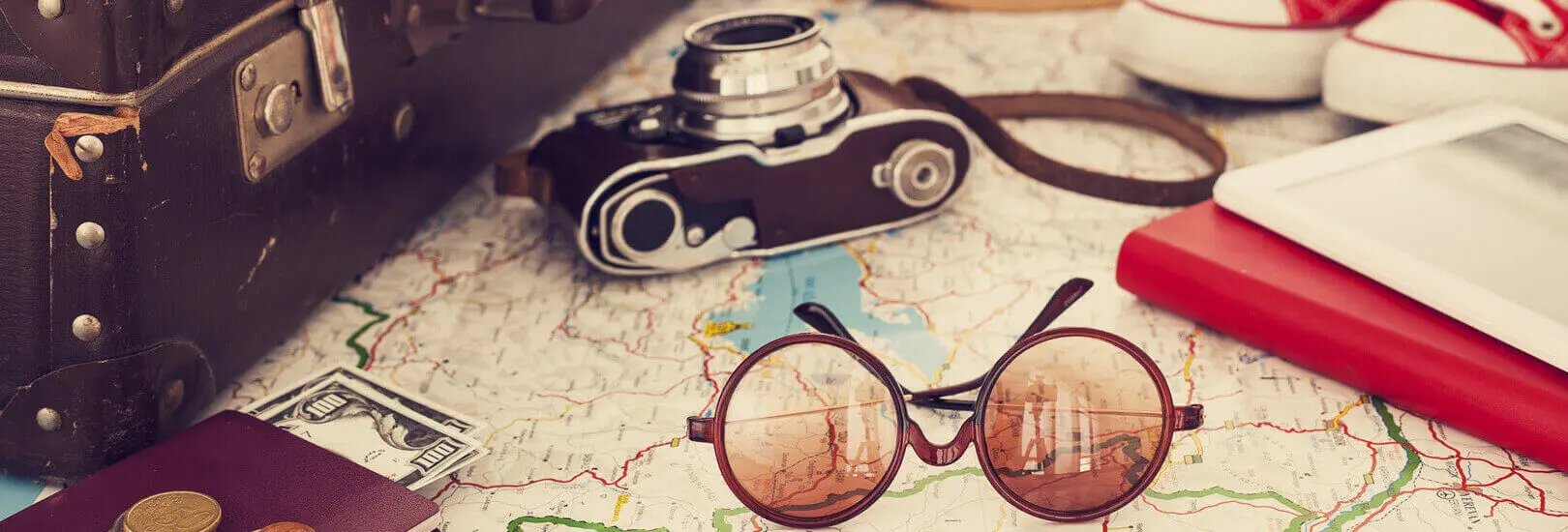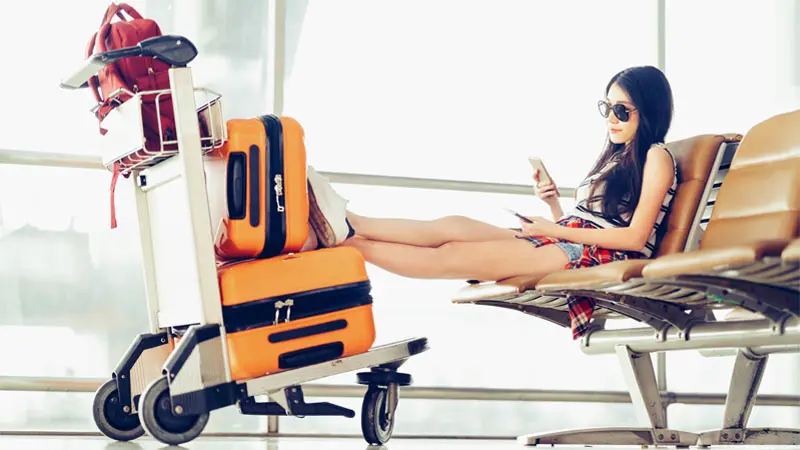- Insights
- Customer Experience
- Article
Four ways to connect with Baby Boomer leisure travelers

When Sara Steinmetz’s parents think about traveling for fun, they don’t find inspiration on Instagram — unlike Gen Y and Z. Instead, Baby Boomers are much more likely to be inspired by a book or a TV program, says Steinmetz, a travel agent based in Florida for a U.S.-wide travel service. Her business includes clientele like her parents and their similarly-aged friends.
Boomers are an incredibly important segment of the leisure travel industry; they are either retired and have newly discovered time to travel, or have risen to senior working positions that allow for more vacation time. In fact, AARP’s 2020 Travel Trends Survey shows most Boomers expect to take three or four domestic trips and one or two abroad in the year to come. They are also “splurging on travel,” and “are willing to shell out more money to go to expensive destinations and stay longer in higher quality accommodations,” the survey report goes on to indicate.
While the unique needs of Millennials and Generation Z are shifting focus for travel and hospitality brands, it’s important to not lose sight of this coveted demographic. Here are a few factors to keep in mind when looking to attract and retain the modern Baby Boomer traveler.
1. Digital technology
Older generations are often unfairly characterized as technology adverse, but countless studies actually indicate the exact opposite. A recent survey by Travelport found that “60% of Baby Boomers appreciate travel brands’ digital experience (online check-in, gate information, room access via smartphone rather than a key or keycard, and more) and that those digital [elements] are impacting purchasing decisions and the quality of their travel experiences.”
Mobile phones are a big part of that modern experience with the AARP finding the majority of Baby Boomers travel with their smartphones, with most saying they “can’t travel without it.” But while Millennials rely heavily on their mobile devices do research, stay in touch with people back home, and of course, post on social media, Boomers use their phones primarily for taking pictures, getting directions and finding food and drink. Regardless of the reason, a strong mobile strategy is key for connecting to both younger and older travelers, so Baby Boomers should not be disregarded when it comes to a digital service offering.
2. White-glove customer service
Budget considerations are another big difference between Baby Boomers and younger generations of travelers, namely, they want high-touch, white-glove service, and they don’t mind paying for it. According to Marketing Technology News, Boomers are responsible for 80% of all luxury travel with only 57% of Boomers indicating that budget even plays a factor in their trip planning.
Keen to cross items off their bucket list coupled with access to a larger disposable income and/or savings, Boomers tend to be more brand loyal and willing to spend extra for a luxury experience. This perspective is in contrast to the travel trends of younger cohorts who often prioritize cost-savings and authentic local experiences above all else.

Travel & hospitality customer experience: A high-tech, high-touch approach
Learn how leading travel & hospitality brands are taking a high-tech, high-touch approach to deliver better customer experiences.
3. Food and drink experiences
Nearly 40% of Baby Boomers in the U.S. plot their travel around food and drink experiences. They also spend far more on gastronomical delights (19% of their travel budget) than any other generation, according to Expedia Group Media Research. Travel and hospitality brands eager to cater to the coveted Baby Boomer market need to look no further than building culinary experiences into their offerings.
One standout example, as provided by Expedia, is the Italian region of Puglia, which created a dedicated online booking microsite featuring the area’s food and drink options. Visitors can plan their travel experiences around a multimedia “pairing menu” that builds an itinerary around their favorite Italian dishes.
4. Personalization
In Steinmetz’s experience as a travel agent, there is perhaps nothing more loyalty-building and engaging for the traveling Boomer than a personal touch.
“This age group loves being respected and noted. When they are greeted at their hotel as Mister-so-and-so with a glass of champagne and a lavender towel, that’s something they’re looking for,” says Steinmetz. “They love to say, ‘we had a special moment, this was the coolest part of our trip,’ something exclusive to tell their buddies. It might be a nice personalized welcome, it might be perfect service, but even at the moderate level they are expecting it.”
Research from TELUS International conducted by The Harris Poll, shares similar sentiments, finding that 76% of Americans are more likely to complete a purchase when a brand/company provides a personalized customer experience. Creating those moments means really knowing your audience. This is where a strong data analytics and CRM solution can help by pulling out key nuggets of information and storing them to reference during future interactions, whether that be in-person at a hotel, through email with the concierge or on the phone with a contact center agent.
In the end, Baby Boomers may not be obsessed with sharing vacation photos on Instagram or snapping videos for TikTok, but that doesn’t mean they don’t have the desire (and resources) to travel. Keep these four factors in mind to ensure your travel and hospitality brand is connecting and capturing this highly soughtafter market.



